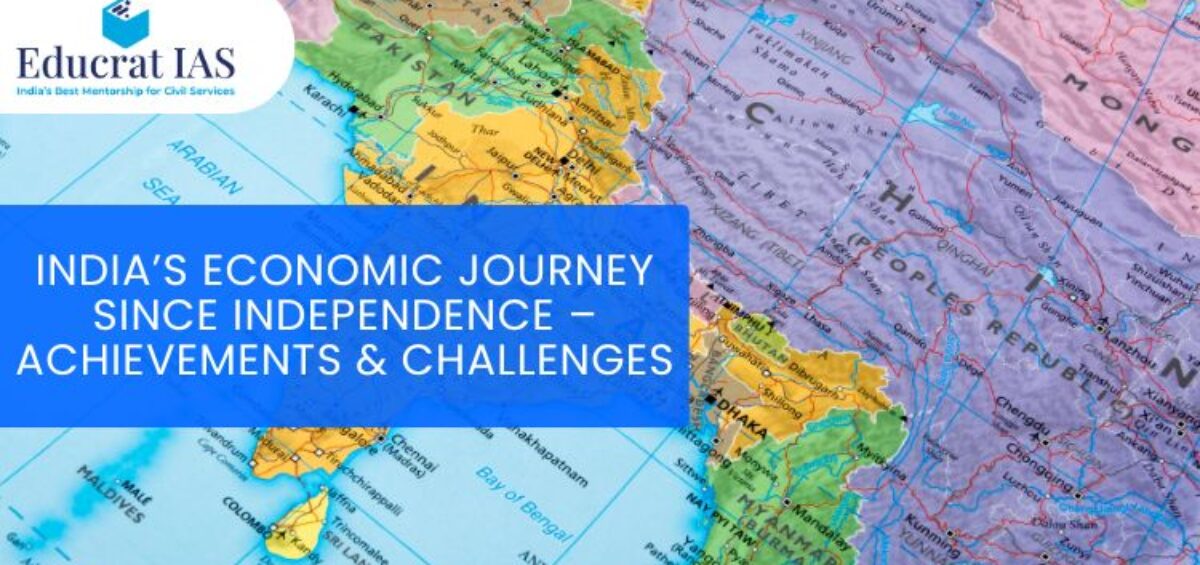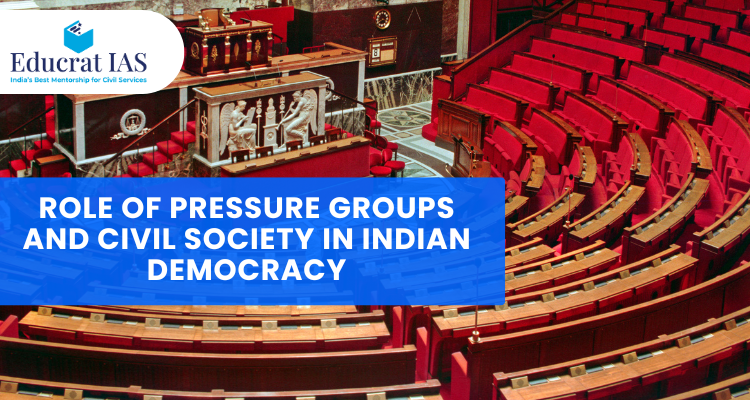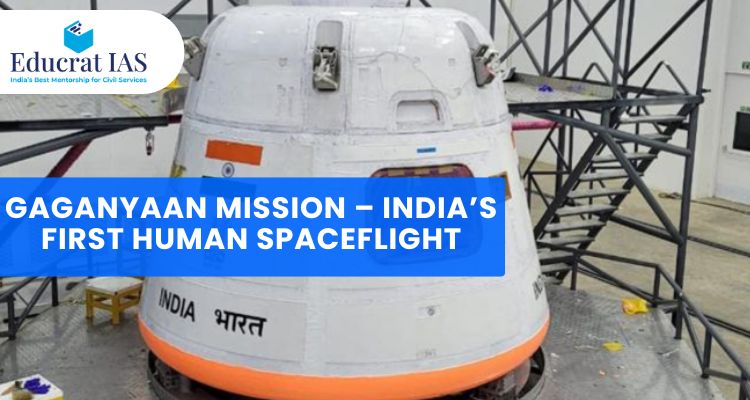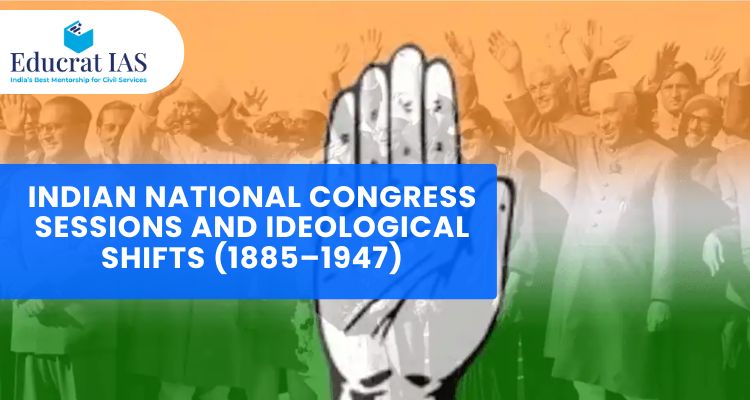India has just won her independence. The air smells of hope, but the streets echo with uncertainty.
We had a population of
just 34 crore, a fragile economy, and almost no industrial infrastructure.
Fast forward to
today, and we are the
fifth-largest economy in the world, buzzing with innovation, tech hubs, and billion-dollar startups.
But here’s the truth — this
economic transformation didn’t happen overnight. And it came with its share of
hard-won victories and persistent challenges.
Let’s take a closer look.
From Independence to Now: A Snapshot of India’s Economic Transformation
In 1947,
India’s GDP was barely ₹2.7 lakh crore in today’s value.
Today, it’s over
₹296 lakh crore, with cities like
Kolkata emerging as hubs of commerce, education, and culture.
Key Milestones Since Independence:
- Green Revolution – Food self-sufficiency in the 1960s.
- Liberalization of 1991 – Open markets and foreign investment.
- Digital India – Boosting connectivity and e-governance.
- Make in India – Promoting manufacturing growth.
Before you move on… Did you know that in 1951, Kolkata Port handled almost half of India’s entire cargo? That’s how central this city was to our early economy.
Economic Achievements that Redefined India
Agricultural Transformation – From Scarcity to Surplus
Post-independence, India faced severe food shortages. The
Green Revolution in the late 1960s turned things around, making us self-reliant in food production.
- High-yield seeds boosted productivity.
- Irrigation projects improved water availability.
- Farm mechanization modernized agriculture.
Industrial Growth and Manufacturing Push
From steel plants in Bhilai and Durgapur to automobile factories in Chennai and Pune, industrial growth has been a key driver.
Kolkata’s Howrah industrial belt became one of the largest manufacturing hubs in Eastern India.
Liberalization & the Service Sector Boom
The 1991 reforms opened the gates to
foreign direct investment (FDI), reduced import tariffs, and allowed private competition.
This gave rise to India’s
IT and service sectors, with cities like Bengaluru, Hyderabad, and yes — Kolkata — joining the global outsourcing map.
Major Challenges India Still Faces
Income Inequality
While urban India prospers, rural poverty remains a pressing issue. Kolkata itself has stark differences between Salt Lake’s tech hubs and the struggling rural districts nearby.
Infrastructure Gaps
Despite metro expansions and expressways, road quality, port modernization, and logistics remain bottlenecks.
Employment Concerns
India’s youth population is growing rapidly, but job creation is not always keeping pace — especially in manufacturing.
But wait — there’s more you should know…
Even with these challenges, India is strategically placed to benefit from global supply chain shifts, if reforms are implemented fast.
Lessons from 75+ Years of Economic Evolution
- Diversification is key – From farming to fintech.
- Reforms work best when inclusive – Rural and urban balance matters.
- Technology adoption drives growth – Digital payments, e-governance, AI in industry.
The Road Ahead – Opportunities for the Next Decade
India aims to become a
$5 trillion economy. For Kolkata and West Bengal:
- Investment in port-led trade.
- Boost to textiles and tea exports.
- More start-up incubation hubs.
Authority Reference
According to the
World Bank, India’s consistent growth rate over the past three decades is among the fastest for any major economy. (
World Bank Report)
Call to Action
Kolkata has always been at the heart of India’s economic story — and understanding this journey helps you see where we’re headed next.
Need deeper insights on India’s economic policies?
📞
Let’s make it easier — Dial Now: +91 91473 88921
Or visit our
Economic Insights Page.
FAQs
What was India’s GDP at Independence?
In 1947, India’s GDP was estimated at around ₹2.7 lakh crore in today’s value.
When did India adopt economic liberalization?
The major reforms came in 1991 under Finance Minister Dr. Manmohan Singh.
How has Kolkata contributed to India’s economy?
Kolkata has been a major port city, industrial hub, and now a service sector contributor.
What is the main challenge for India’s economy today?
Employment generation and reducing income inequality remain top concerns.
Which sector is growing the fastest in India?
The service sector, especially IT and fintech, is seeing the fastest growth.






